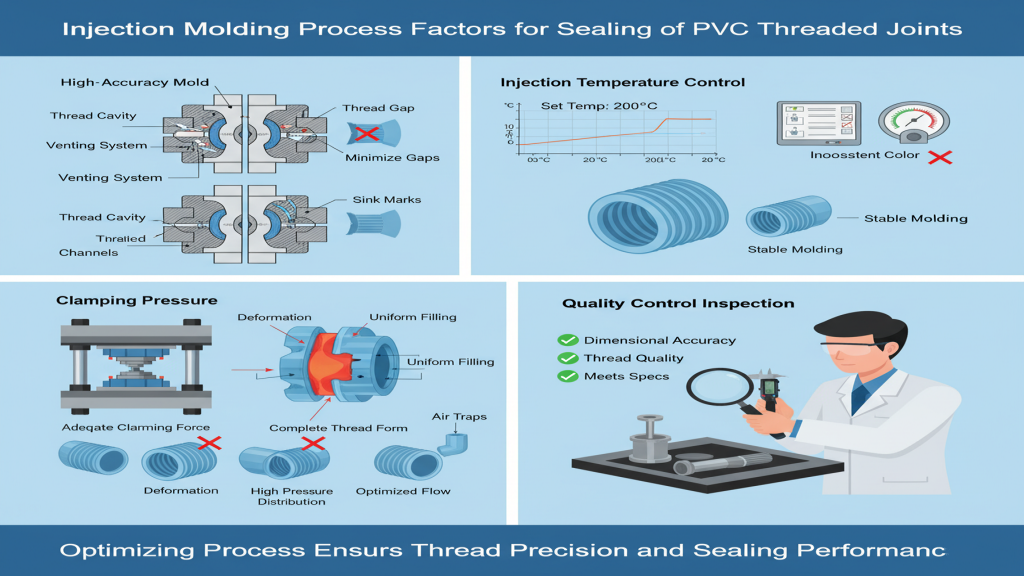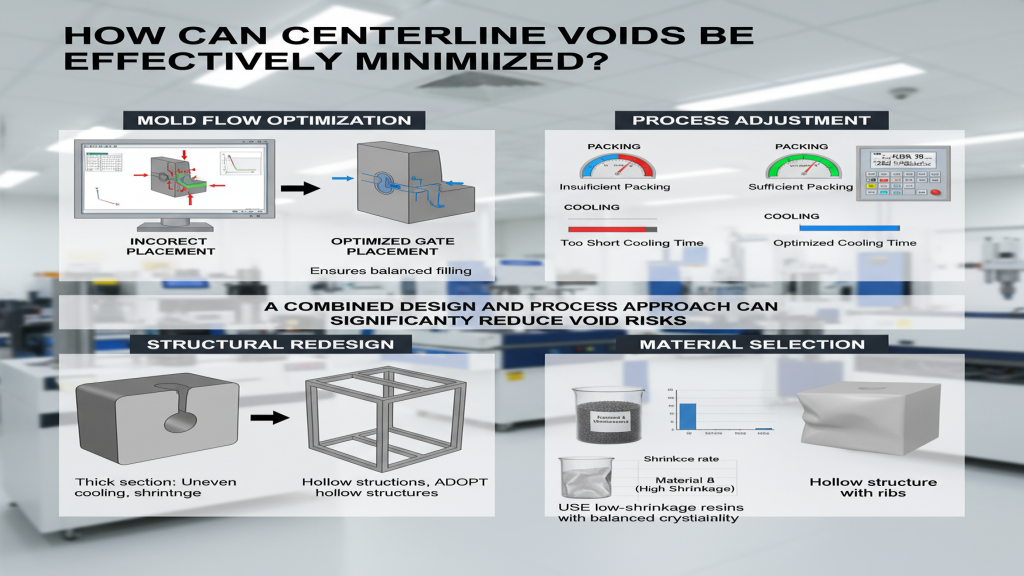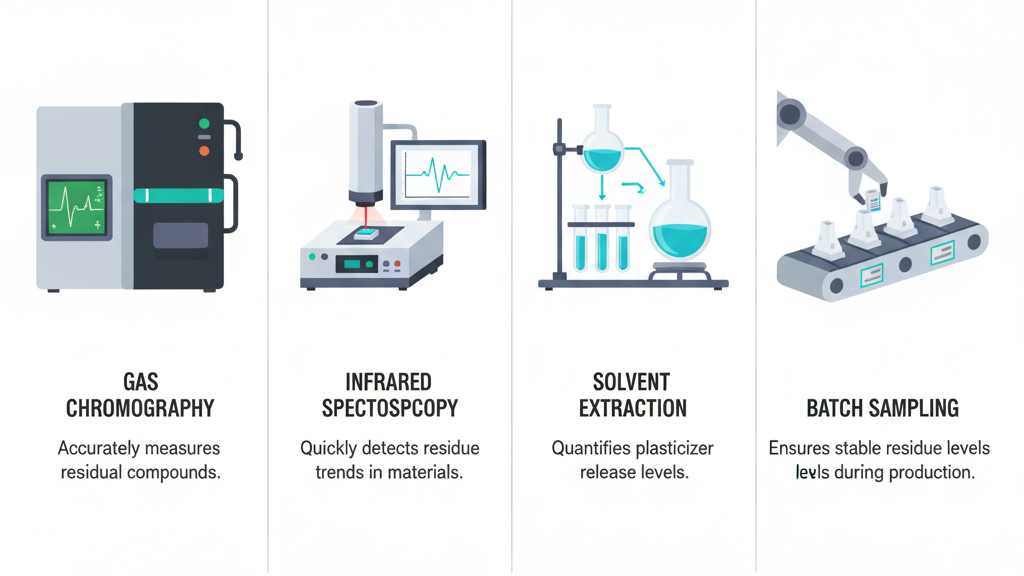In today’s world, sustainability is no longer just a buzzword—it’s a core value that drives innovation across industries. In the realm of manufacturing, particularly injection molding, sustainable practices are becoming increasingly important as companies strive to reduce their environmental footprint and meet the growing demand for eco-friendly products. Injection molding, which is widely used to produce plastic parts for various industries, is evolving to embrace more sustainable practices, reducing waste, energy consumption, and the use of harmful materials.
In this article, we’ll explore how sustainability is shaping the future of injection molding and how manufacturers are adapting to these demands.
Sustainable Materials
One of the most significant ways injection molding is becoming more sustainable is through the use of eco-friendly materials. Traditionally, injection molding relied heavily on petroleum-based plastics, which are not biodegradable and contribute to the global plastic waste problem. However, the industry is shifting towards using sustainable materials such as:
- Biodegradable plastics: These plastics break down naturally over time, reducing long-term waste in landfills.
- Recycled plastics: Many manufacturers are incorporating post-consumer recycled plastics into their products, minimizing the use of virgin plastic and lowering carbon footprints.
- Bio-based polymers: Made from renewable resources like corn starch or sugarcane, bio-based polymers offer a more environmentally friendly alternative to traditional plastics.
By using these materials, manufacturers can significantly reduce their reliance on non-renewable resources and lower the environmental impact of plastic production.
Reducing Waste
Waste reduction is another key focus of sustainability in injection molding. During the molding process, excess plastic, known as “sprue” or “flash,” is often generated. In traditional manufacturing, this excess material might be discarded. However, sustainable practices emphasize reducing and recycling this waste.
- Recycling scrap material: Instead of disposing of excess plastic, many injection molding facilities now recycle the waste back into the production process, minimizing material waste.
- Optimized mold design: By improving mold designs, manufacturers can reduce the amount of excess plastic produced in each cycle, further minimizing waste.
- Closed-loop systems: In some facilities, closed-loop manufacturing systems are used to ensure that any scrap material is immediately reprocessed and reused in new products.
These waste-reducing strategies not only help the environment but also contribute to cost savings for manufacturers, making sustainability a win-win for businesses and the planet.
Energy Efficiency
Energy consumption is a significant factor in the sustainability of injection molding. The process requires considerable energy to heat plastic materials and power machines. However, modern technologies are helping manufacturers become more energy-efficient.
- Electric injection molding machines: Electric machines consume less energy than traditional hydraulic systems, offering a more energy-efficient alternative. They also provide greater precision and reduce the risk of material waste.
- Energy-efficient heating systems: Advanced heating technologies, such as infrared heaters, can reduce the amount of energy needed to heat plastic materials during the molding process.
- Smart manufacturing: With the rise of Industry 4.0 technologies, smart manufacturing systems can monitor and optimize energy usage in real-time, reducing overall consumption and improving efficiency.
By incorporating energy-efficient machinery and practices, injection molding manufacturers can lower their carbon emissions and reduce operating costs.
Sustainable Product Design
Sustainability in injection molding isn’t just about materials and processes—it also extends to product design. By designing products with sustainability in mind, manufacturers can create items that are easier to recycle or that use less material overall.
- Lightweighting: Manufacturers are increasingly focusing on designing lighter parts that require less plastic without compromising strength or durability. This approach not only reduces material usage but also lowers shipping costs and carbon emissions associated with transportation.
- Design for recyclability: Products designed with end-of-life in mind can be disassembled and recycled more easily, reducing waste. This includes avoiding the use of mixed materials that are difficult to separate and recycle.
Sustainable product design is a critical aspect of reducing the overall environmental impact of plastic products and ensuring that they contribute to a circular economy.
The Role of Manufacturers in Driving Sustainability
As sustainability becomes a key focus for consumers and businesses alike, manufacturers have a responsibility to lead the charge. Injection molding companies are at the forefront of this change, implementing new technologies and processes to reduce their environmental footprint. At Ruicheng, we’re committed to integrating sustainable practices into our injection molding operations. From utilizing recycled and biodegradable materials to optimizing our production processes for energy efficiency, we strive to create high-quality products with minimal environmental impact.
By adopting sustainable practices, manufacturers can not only meet growing consumer demand for eco-friendly products but also reduce costs and improve operational efficiency. Sustainability is no longer an option—it’s a necessity for the future of manufacturing.
Conclusion
Sustainability in injection molding is reshaping the way plastic products are made, focusing on eco-friendly materials, waste reduction, energy efficiency, and sustainable product design. By embracing these practices, manufacturers are playing a crucial role in reducing the environmental impact of plastic production and moving towards a more sustainable future.
If you’re looking to partner with a manufacturer committed to sustainability, Ruicheng is here to help. Contact us today to learn more about our sustainable injection molding solutions.







